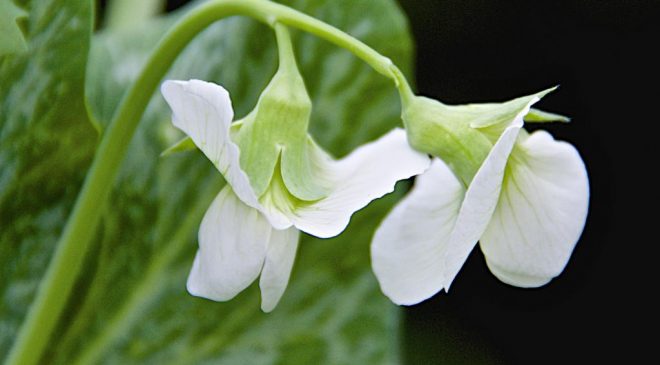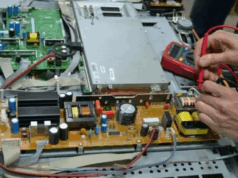 Self-pollinating flowers:
Self-pollinating flowers:
Pollination is the transfer of pollen from the anther of a flower to the stigma of a flower, which stimulates germination as the pollen forms a tube that carries the style to the ovule. Unlike the flowers that depend on insects or animals for pollination, some species of flowers self-pollinate, performing the act alone. A flower can only perform the self-pollinate only when the flower has both male and female parts and the flower is not adapted to self-pollinate. One can easily get the houston wedding florists and monthly flower delivery houston, tx service from the flower shops in houston.
Types:
Both monoecious and hermaphrodite species are capable enough to perform self-pollination which leads to self-fertilization unless there is a mechanism to prevent it. Almost more than eighty percent of all flowering plants are dioecious, meaning they contain both sexes, while 5 percent of plant species are monoecious, or bisexual.
Examples:
Some examples of self-pollinating flowers are tridax (part of the daisy family), Arum lilies, and some orchids. buffalo berry, box-elder, and dates are examples of some self-pollinating flowering trees. Tomatoes, okra, peas, snap peas, soybeans and lima beans are some of the self-pollinating vegetables. There are some exceptional cases, for example, soybean, where the flower blooms or opens up during the daytime for the cross-pollination, but it will start self-pollination if needed before closing.
Advantages:
Self-pollinating flowers have several advantages. self-pollination helps to keep this trait stable in the species if a given genotype is well-suited for an environment. Relying on pollinating agents to self-pollinate when bees and wind have nowhere to meet. In the case where the number of flowers is small or widely spread, self-pollination can be an advantage.
Disadvantages:
The disadvantages of self-pollination come from a lack of variation that does not allow for adaptation to a changing environment or potential pathogen attack. Self-pollination could result in the reduced health of the species or inbreeding depression due to the breeding of related specimens. This is the reason behind many flowers having a built-in mechanism that can potentially self-pollinate to avoid it or make it the best second option.
Considerations:
It is more likely to found the self-pollinators in the area where there is a lack ness of pollinating agents or mates. Geographic location likely influenced the evolution of many self-pollinating species.






